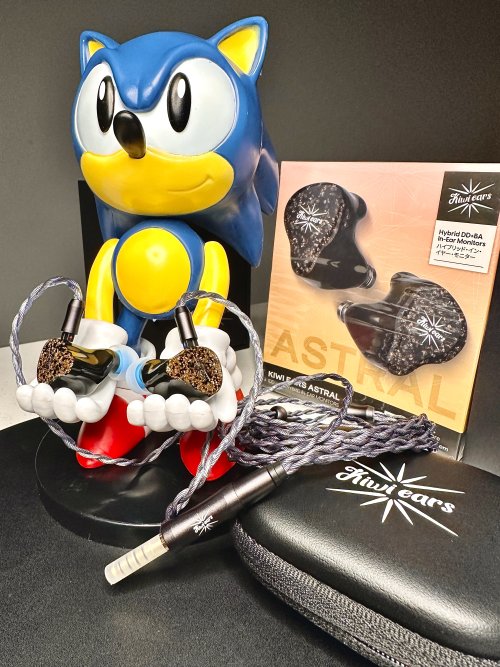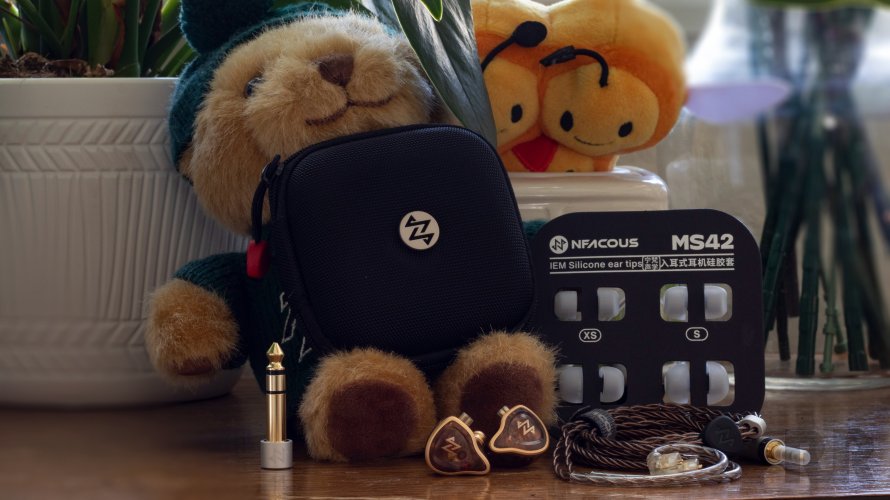Yup, 24 bits is slightly higher resolution than the tolerance of the capacitors that need to be in all of our gear can reveal. Apparently, we could be setting our ADC's to 32 bit recording, if we choose to preserve performances' loudness levels better than we can distinguish them on our gear at this time. If you want to be able to distinguish loudness levels better, it leads to cranking up the 24 bit recordings, so that you can hear the sweet sounds of stuff that gets to be quieter than the basic 16 bit version would let that transient get away with, for being in there, since with 24 bit, the ADC can round the volume downwards, there are 50% more volume levels below 100% loudness for 24 bits to play with.
After this new 24 bit capability that even $200 copies of albums on big pro reels of tape could be jealous of dies down, as the new normal, however, we will still be stuck with digital's problem in the first place, the samples that digital recording requires completely ruin it's chances of revealing details in audio. Please upgrade your recordings to at least the 192khz everyone's old and cheap gear and phones can be doing, at this point, recording engineers.
Nice name, ExTubeGamer. My tube amp just stopped turning on properly last week, and I decided to try out this little old mini-system from 1979 made by Technics. It's a matching half-sized set of pre- and final power- amps. Except it turns out that it's actually the little half sized 40 watt mini system for people who already have the $$$+ systems in their listening rooms, and next they also want a little something in the kitchen or the office, as each half if this pair sold for $1k in 1979. Anyways, now that I've found out the original MSRP of the pair, they no longer completely blow me away for that price, except now what I thought tubes won about, it not so true. My sound is not a little grey men version, and my new box that rebuilds a digital signal and outputs a super I2S signal to my gear is making my soundstage gigantic in all dimensions besides width, sounds more open, and adds slam to the bass from my DAC. I know that my tube amp will probably show that too, but this one has all this bass besides how low it can go going on. Since Sia is singing a song right now, I still have to admit that as much as I want to believe, it's true that a tube is more accurately the size of her voice box in my playback, and she may not sound as alive, due to being a solid state cover version of this recording. Oh, Styx came on next, I must be having a vocalist's day. Yeah, he's not as realistic as with tubes, either, but he's still super-neat and tidy sounding, and shouldn't complain about being solid state compared to the female vocalists. Even though that may be a mean and biased POV, but come on, Styx is so a neat and tidy band, compared to most guys. It's definitely a tougher choice comparing a $1500 tube amp to a $2k SS amp, than my original $1500 tube amp VS my old $800 solid state amp comparison. Plus, this is an amp that sounds like a 1979 version of the best that 1978 had to offer, except for the part where NAD set a new record for becoming famous off of it's new $500 amp that wins to the audiophiles of the worldwide community. Probably, NAD defeated the part where all other amps were stuck with sounding like <1978.
Anyhow, since you're the smart guy here, you should get picky about not listening to your tracks the simplest and least noisy way possible, and test to see if your low powered SSD can give you a more confident read than you ever got from optical discs, as well as free you of mechanical HD noise. Next after that, you can try for the ultimate test VS the original CD spec: uncompress your files, and get a silent and confident read of uncompressed WAV files from your audio ssd, which could be a 2tb square external drive only 2x as wide as a thumb drive, but using a USB 3.2 C cable, for 900mb+ data transfer/track buffering speed. Swapping to uncompressed WAV files instead of FLAC compression, (I only EVER used FLAC instead of lossy mp3's, except for when my little portable audio player before my phone came out had it's own onboard 128GB or something), all of a sudden nothing is processor noise-injected versions! All of my favorite tracks read silently from my SSD are noise-free, and now I know exactly why I like headbanger type of stuff, instead of just Beethoven and Vivaldi all the time. Compared to the FLAC versions, every sound in music is designed to make you drift off to sleep during it's playback. If you want an alarm clock sound for your phone, get it to play a FLAC version of a lullaby. It will do the opposite of make you sleepy, since all of it's sounds will be processor noise-injected, and have an impersonal glare to it, keeping you from thinking it's reality.
Storage is getting cheaper faster than the audio industry is keeping up with. A 2TB external SSD that can read/write at 900mb/s is only <$200. Once you've uncompressed enough onto it to almost fill it, after you wake up, you will easily be able to buy a 2nd one, even the 4TB version that will no longer be 2x as much as your $180 or whatever you paid for the 2TB low-powered silent (and faster?!) drive. Oh right, I could probably buy a 8TB mechanical HD for that price. But I hear the noise of those going into my output buffer! Ok, I still keep the original rips on a mechanical in FLAC. But my external SSD will probably last longer, as well as winning silent reads and speed of buffering awards. Also, as a gamer, an external SSD at 800mb/s is not wasting your precious NvME drives' new uber 3Gb/s game loading speeds on music buffering. As nice as it is that the HD makers discovered that maxing out an interface's speed with an improved SSD drive controller is not so hard to do, the problem remains that the max-throughput measurement is not as big of a deal to program load-times as the initial move to SSD access speeds, and if you want that spec improved, you need to spend the extra 25% for the better model the HD people keep working on trying to improve for you. You'll still be in the SSD era of load times, but you'll be more state-of-the-art, for your extra 25% $ that may help your load times better than the max transfer rate of your interface. That part is good for copying lots of stuff over, though, except you'll probably always just be moving stuff onto it from your oldest and slowest drive, and be stuck at that speed.
Seriously, ExTubeGamer. If that's your avatar, you should try hearing less noise injected into uncompressed playback from a SSD (I just picked external, thinking it meant lower powered, like digital likes until it passes through the DAC chip, after that, it's all about the same competition your $400 tuner had VS your $400 CD player, after your initial problem with locking onto a station that's not your loudest and therefore your city's reference radio station, what makes you think CD beats radio? What if I got a $1k tuner, to compare your local reference radio station pumping $ into the listener's end, to CD's from an only $400 player, compared to that station's pro-gear transmission?
Anyone who even remotely may consider radio, should your internet ever go down, should look into getting a radio tuner with a $400+ original MSRP for <$100. I had previously only ever heard radio on my receiver's built in crap tuner, or on the built-in crap tuners of car stereos. I had no idea that whatever you spend on a real tuner, is what radio technology can actually be doing, compared to everything else. Nobody escapes analog sections being the winners, after whichever format you choose. After that, the Nakamichi Dragon cassette deck was only $3500, and did not even send it's left and right channels to their own sides of the box, with gigantic 50w class A power supplies feeding each channels analog build, for some balanced loving of all your tracks. I was always stuck with admitting that I can't hear my $400 tape deck getting beaten by my $500 TT or $400 CD player, but oh yeah, I have to admit that I had to spend max money on blank tapes that beat the TDK SA-90's, otherwise tape would lose a bit of live-sounding. I didn't even have any good cables back in the 80's, lol. Oh shoot, I don't even think it was until post-2010 that I found out that plugging any gear, especially a power amp, into a $20 power bar, will totally stunt and ruin what that thing in a $20 power bar could actually be doing. Actually, maybe your desktop in a $20 powerbar stunts your digital outputs the most, for both audio and video depth and details, at that point.
Uncompressed playback returns us to the original audio fan's dilemma: too much good music at home will make you want to take a nap! So, compress it even more, and make it sound like your alarm clock is injected into everything. Eventually, your dog will want to kill your favorite artists for sounding like that all the time, too.






































